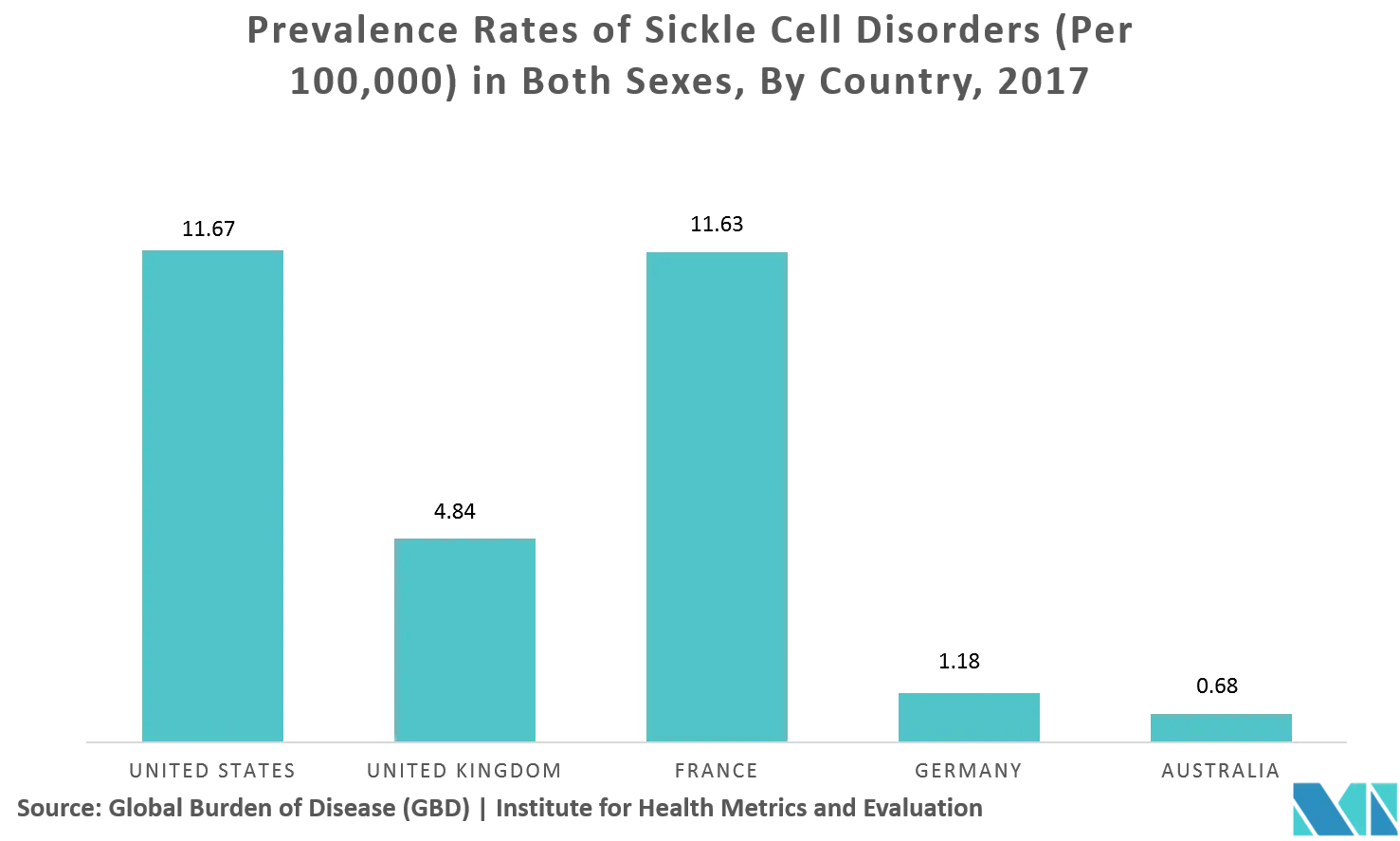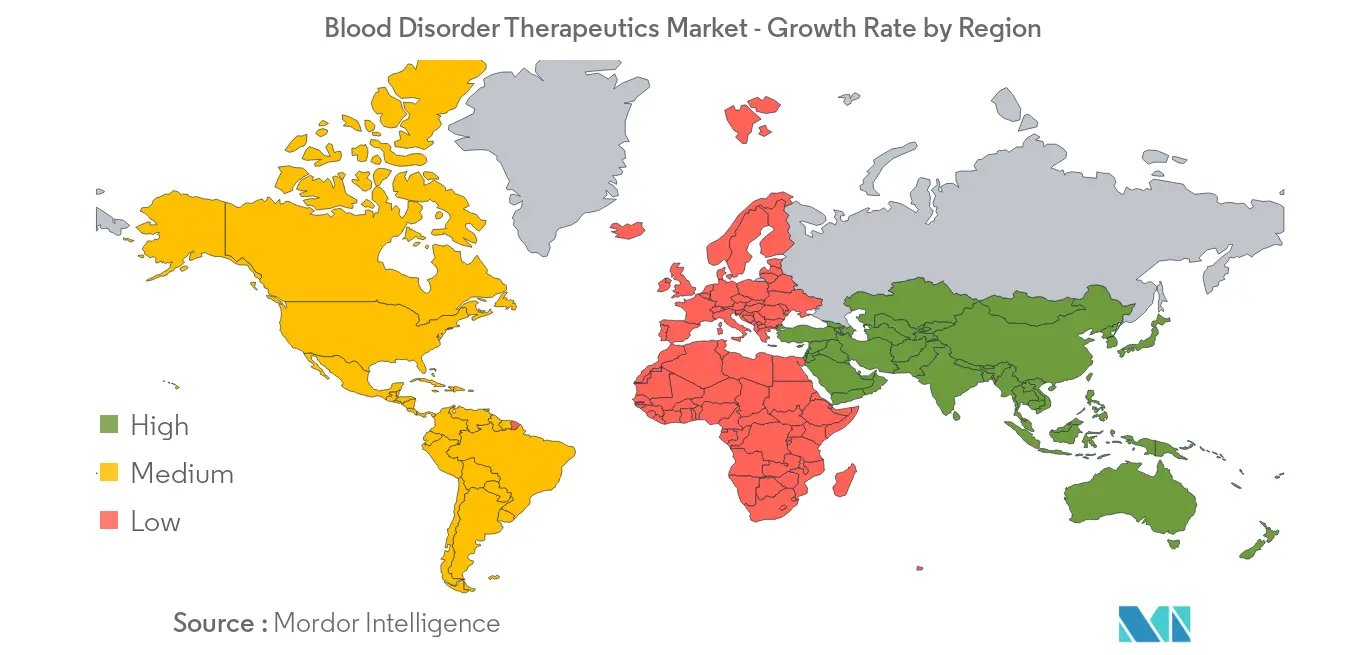Market Trends of Blood Disorder Therapeutics Industry
This section covers the major market trends shaping the Blood Disorder Therapeutics Market according to our research experts:
Recombinant Factors Segment is Expected to Hold a Significant Market Share in the Blood Disorder Therapeutics Market
- Worldwide, the rising prevalence of blood disorders and increasing adoption of recombinant factor concentrates are the key drivers of the recombinant factors segment.
- A recombinant factor is a form of blood factor that is manufactured via recombinant technology. Recombinant factors are used in the treatment of disorders such as hemophilia (prevention and control of hemorrhagic episodes).
- According to the World Federation of Hemophilia Report, in the year 2017, worldwide around 315,423 people are affected by bleeding disorders. Among them approximately 196,706 people are living with Hemophilia, 76,144 people with von Willebrand disease (VWD) and 42,573 with other bleeding disorders. Furthermore, according to the National Hemophilia Foundation, approximately 75% of people with hemophilia around the world still do not receive adequate treatment or have no access to treatment.
- Recombinant factors segment hold a significant market share by revenue and is anticipated to show steady growth over the forecast period due to the growing need to treat blood-related disorders and increase in production of recombinant products globally.

North America is Expected to Hold a Significant Share in the Market and Expected to do Same in the Forecast Period
North America expected to hold a major market share in the blood disorder therapeutics market due to rising prevalence of various blood disorders and increasing awareness among the patient population in this region. According to the World Federation of Hemophilia, in the United States alone there are around 18 thousand people with hemophilia and over 11 thousand with von Willebrand disease. In addition, Hemophilia A affects 1 in 5,000 male births and approximately 400 babies are born with hemophilia A each year. Furthermore, increasing investments in research and development to develop treatment options for blood disorders and the presence of well-established healthcare infrastructure is also fueling the growth of the overall regional market to a large extent.


